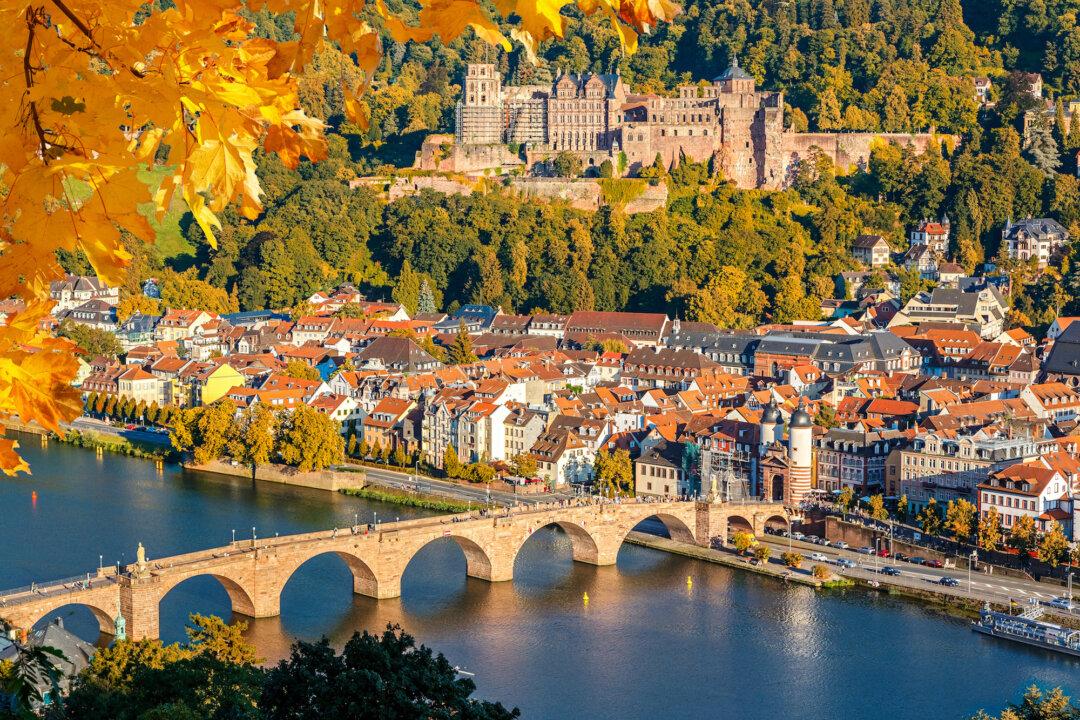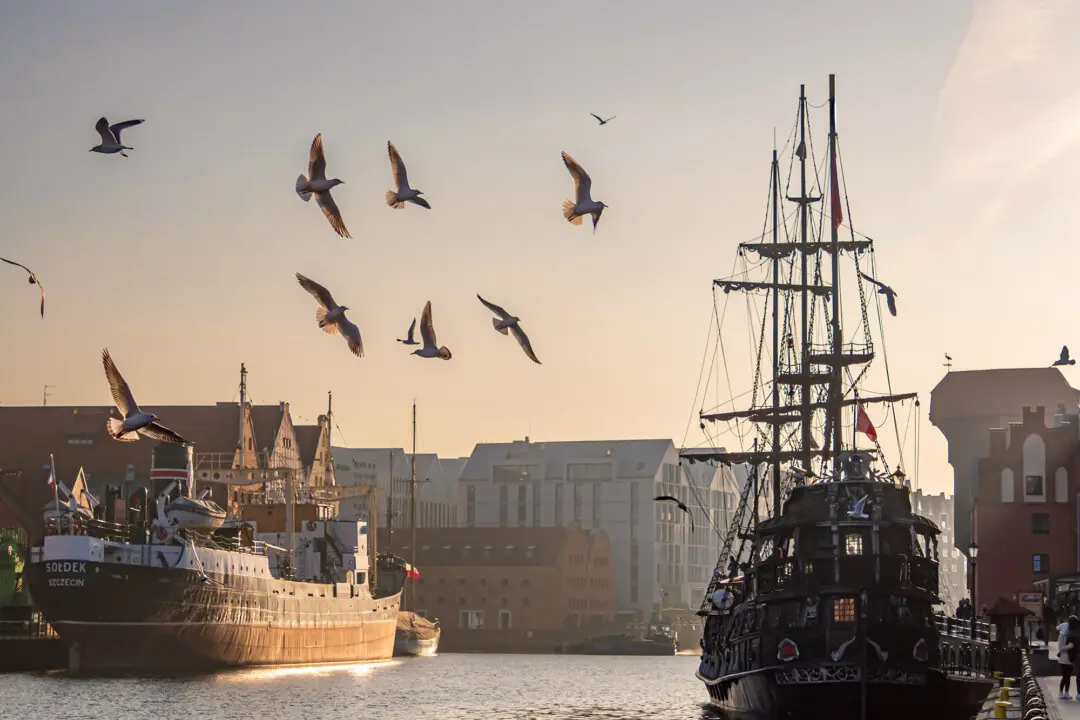Finishing up lunch and looking out the window, things didn’t look so promising. Sitting on a river cruise ship tied up alongside the shore on a tributary of the Rhine, everything out there looks rather industrial. Yes, in a tidy, efficient, very German way, but still—not much to pique the interest.
And once I boarded a coach for an afternoon tour, winding along on the Autobahn, we proceeded through cities whose names meant nothing to me. Ludwigsburg, then Mannheim. A sprawling chemical plant on the left shore of the river. Then, a cartoonishly huge power plant, whose towering stacks were the picture of mechanization and might.





